Ava Nirui and Elliot Shields charged with breathing new gen appeal into Marc Jacobs’ Heaven imprint
When the fashion supremo needed a breath of fresh air he turned to two Australian creatives - Ava Nirui and Elliot Shields. The pair are now among our leading fashion innovators | FULL LIST
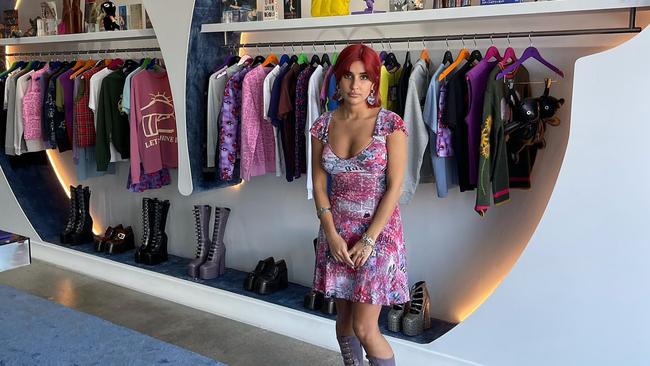
Australian-born, New York-based creative Ava Nirui has described herself as a “superfan” of American fashion designer Marc Jacobs. In an article with the Financial Times she said of becoming the creative director of Jacobs’ Gen Z focused Heaven diffusion brand: “I’m obsessed with Marc. I work for him, but I am also, genuinely, a Marc Jacobs superfan.”
Discover the 50 Australian inventions changing the world in The Weekend Australian Magazine’s Ideas Issue this Saturday.

Jacobs took note of Nirui after she garnered a following on Instagram for her custom and DIY projects that subvert ideas of luxury. The pair first collaborated in 2017 on a hoodie embroidered with the deliberately misspelt logo “Mark Jacobes est 1985.”
Prior to Heaven, Nirui had a career as a music and fashion journalist and worked at brands including Helmut Lang. Heaven, which plays with pop culture, nostalgia and grunge in its monthly drops of baby tees, hoodies and more, takes on Jacobs’ mantle for collaborating and building creative communities, working with everyone from Dr Martens to Swedish rapper Bladee. Celebrities such as The Sopranos and The White Lotus actor Michael Imperioli and Pamela Anderson have starred in its campaigns and the brand is loved by Gen Z style icons such as Olivia Rodrigo and Dua Lipa.
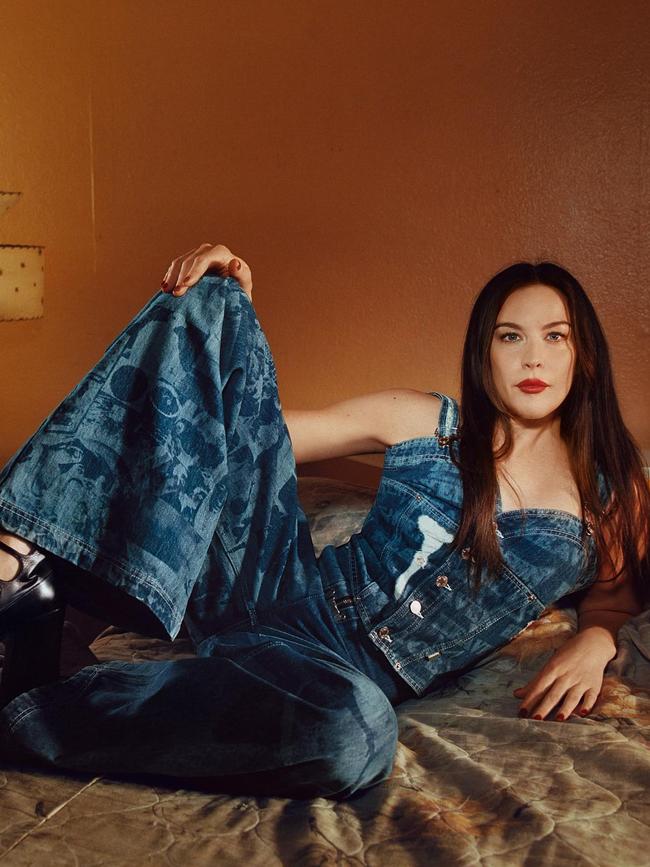
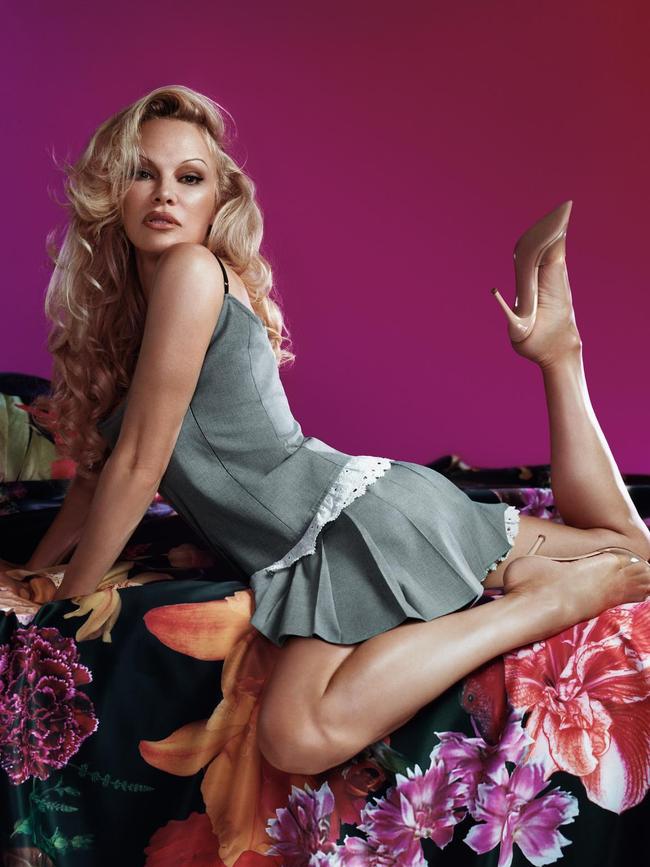
Nirui said in a June 2022 interview with Vogue Australia of when she feels more creative, “friendship is at the core of the brand and I love being able to exchange ideas and create things with people I love. Learning new things and using those things to inform your creativity is also very rewarding to me.”
Nirui isn’t the only Australian in Heaven. Sydney-based designer Elliot Shields also works with the brand. In an interview with The Australian in March this year, the Northern Beaches-raised Shields said how he fell into graphic design by accident after his time with the party and creative collective Pelvis.
The Australian inventions changing the world
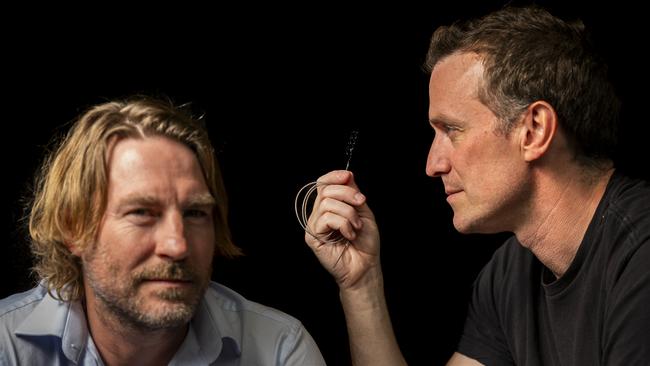
Brain powered: control a computer with your thoughts
It was once the realm of science fiction. Now, a brain-computer interface developed by this Aussie team promises to revolutionise and reshape the way we communicate.

Soldier’s best friend: why ‘Bushie’ is a great Aussie invention
Since it entered service the Bushmaster has saved hundreds of Diggers from landmines, IEDs and enemy fire – it’s one of our country’s best industrial innovations. | FULL LIST

Can these engineers disrupt a billion dollar market?
Their microneedle medical patch designed to monitor the efficacy of administered drugs is among the top Australian medical breakthroughs improving human health. | FULL LIST
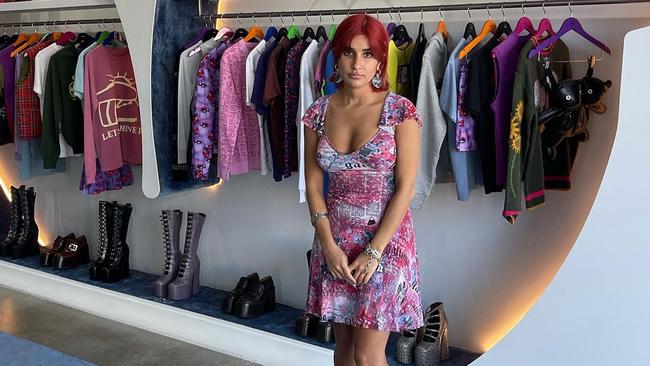
Heaven sent: two Aussie punks take over Marc Jacobs’ world
When the fashion supremo needed a breath of fresh air he turned to two Australian creatives - Ava Nirui and Elliot Shields. The pair are now among our leading fashion innovators | FULL LIST

How a Tassie seaweed farm can help save world
Methane-eating seaweed, avocados grown in a lab, and the march of the flat white towards World Domination. In the world of sustainability, food technology and dining, these Aussies are making a global impact. | FULL LIST
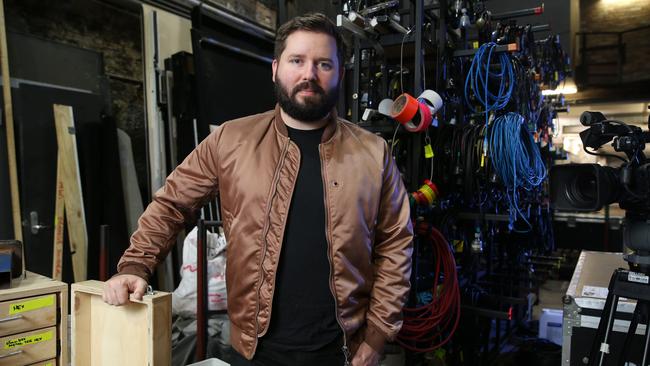
Man behind the ‘masterpiece nobody should miss’
He is the pioneer of ‘cine-theatre’ whose latest five-star production is headed to the West End and will feature a Hollywood star. Kip Williams leads our list of cultural innovators | FULL LIST

The Aussie company out to send astronauts to the moon
A plan to send a 25-metre tall rocket into orbit from a North Queensland spaceport is just the beginning for Gilmour Space, who lead our list of Australian tech and gadgetry innovations making an impact in 2023.
“I’m always trying to find something new to look at. It’s going through time, finding things done in wrong, strange, or unique ways, and looking to create that same energy through something else,” he told journalist Geordie Gray. – Annie Brown
The International Woolmark Prize
Could the entrepreneurial woolgrowers who gathered in 1936 to vote for a sixpence levy on every bale of wool have imagined just how far their flair for marketing could take them?
John Roberts, chief executive of The Woolmark Company, says that decision “was the first step taken in marketing their fibre”. The next major leap in the growers’ campaign to promote their product was a fashion design award “to highlight the versatility and modernity of wool”. That invention, which now dates back further than any other major designer prize, still runs today and is only growing in significance. In the decades since its 1953 launch the International Woolmark Prize has been won by some of the world’s best fashion designers, including Karl Lagerfeld, Yves Saint Laurent, Giorgio Armani, Donna Karan and Ralph Lauren.
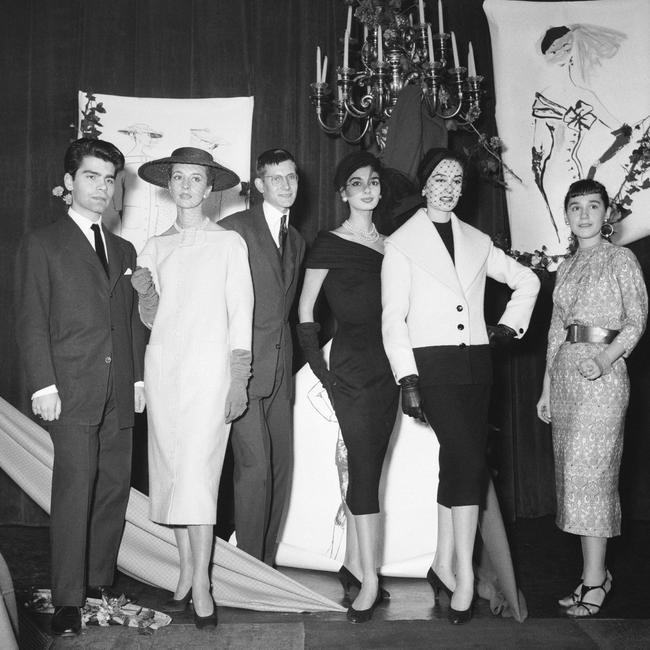
Today, the competition is also a remarkable incubator for emerging – and interesting – fashion design. Judges for the prize have included such luminaries as former French Vogue editor Carine Roitfeld, renowned New Zealand fashion critic Tim Blanks and creative directors from top fashion houses such as Zegna and Fendi.
“Since the 1950s, not only has this prize served as a pillar of support for young creatives, but it has undoubtedly contributed to key moments in the canon of contemporary fashion,” says Roberts of the prize’s influence on the fashion industry. The Woolmark Company, a subsidiary of the not-for-profit Australian Wool Innovation enterprise, is dedicated to research, development and marketing along the worldwide supply chain for Australian wool. It represents some 60,000 woolgrowers. Making wool sexy with a major fashion prize is all part of it.
For Roberts, it’s the flair for innovation that he finds particularly fascinating about the International Woolmark Prize. The latest winner, Lagos Space Programme, a non-binary design label by Nigerian designer Adeju Thompson, used merino wool for sharp and insouciant tailoring. Previous winners include British designer Matty Bovan, who used wool to create voluminous and vividly avant-garde pieces.
The natural sustainability of wool is another key focus for the prize, and the wool industry at large. Along with prize money – the winner gets $20,000) the program includes interactive workshops, educational courses, industry collaborations and one-on-one mentoring.
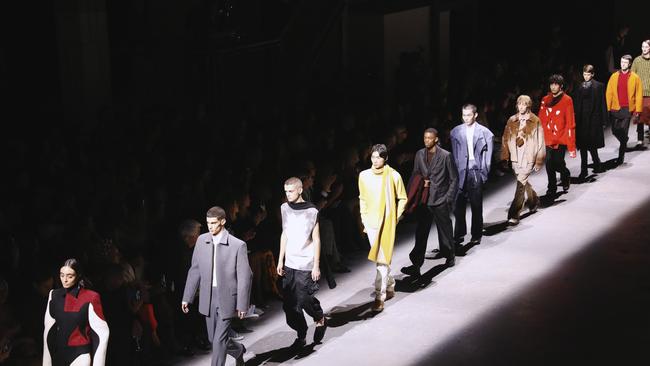
“As the award continues to evolve, our aim is to encourage designers to think beyond today, embrace wool as a naturally innovative and sustainable fibre, and showcase its basis for new technologies and development,” Roberts says.
There are plans to evolve the prize and drill further into sustainability and business development. However, Roberts says the spirit of the International Wool Prize remains the same.
“The International Woolmark Prize provides a launch pad for emerging design talent across the globe,” he says. “The aim of the prize remains the same now as it did in the 1950s: to support and develop the world’s best emerging design talent and imbue them with a love for celebrating the innate beauty and versatility of merino wool.
“The prize looks to continue its legacy of supporting emerging designers in ways that allows them to connect, develop and commercialise their brands.” – Annie Brown
Speedos
Call them Speedos, swimming trunks or budgie smugglers, but there’s certainly no missing a pair – despite their essential scantness. Indeed, so shocking was the first appearance of the tight-fitting briefs, worn by some men strutting the sand on Bondi Beach in 1961, that they were arrested for indecent exposure. The men were later released without charge because happily the swimming trunks didn’t show any pubic hair. The whole saga was good publicity for Speedo, the brand behind the swimmers. The briefs were the design of Manly-born Peter Noel Moncrieff Travis, an artist and keen surfer who worked for Speedo. He first started working on them in 1959. Travis wanted swimmers with less drag and better movement. Meanwhile Speedo, the company founded in 1914 by Scottish immigrant Alexander MacRae, also made quite a splash with the introduction of its Racerback swimsuit in 1928.
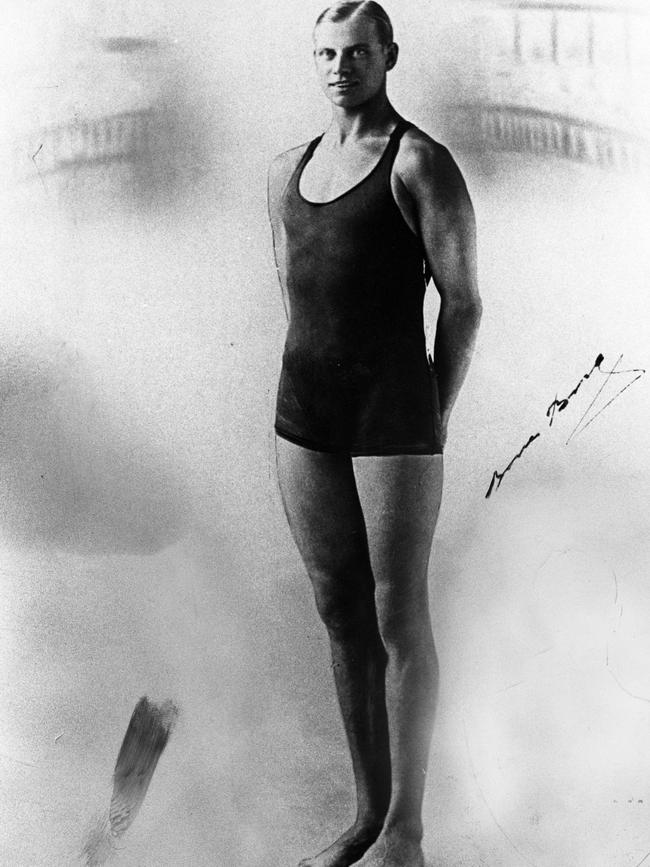

While Olympic swimmers now choose more technical and hydrodynamic swimsuits to race in, the budgie smuggler has retained its popularity with new local brands such as Budgy Smugglers, aussieBum, and Sluggers introducing the style. Luxury brands such as Versace and French label Jacquemus have also created similarly skimpy styles. Speedos have retained a place in Australian culture too. Who can forget the photograph of Princess Diana flanked by a coterie of budgie-smuggling lifeguards in Gosford in 1988? And it seems a rite of passage for an Australian prime minister to be snapped wearing a pair, none so enthusiastically as former prime minister and volunteer lifeguard Tony Abbott. – Annie Brown
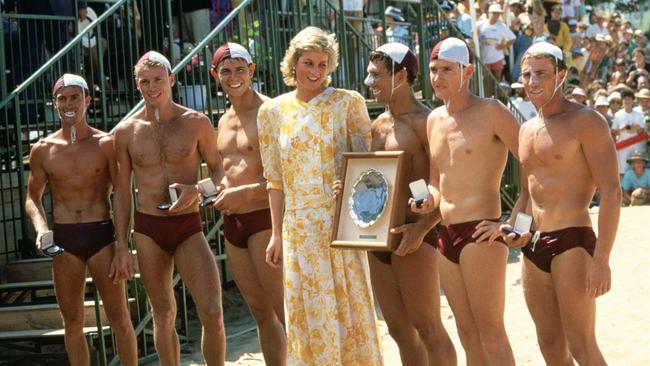
Puffer jacket
The puffer jacket, worn by Wall Street types and tech-bros, hikers and festival goers, royals and rappers, has Australian origins. The utilitarian, and now ubiquitous, jacket was popularised by American sporting goods purveyor Eddie Bauer who invented a goose-down-filled jacket in 1936 after suffering hypothermia on a fishing trip. However Australian chemist and mountaineer George Finch wore it first. In 1922, Finch was invited on Britain’s first Everest expedition. His outfit for the occasion? An “eiderdown coat” of his own making, crafted in bright green hot air balloon fabric. It may have attracted the mirth of his fellow adventurers but it was Finch who came out on top. As he wrote in his journal: “Everybody now envying … my eiderdown coat, and it is no longer laughed at.”
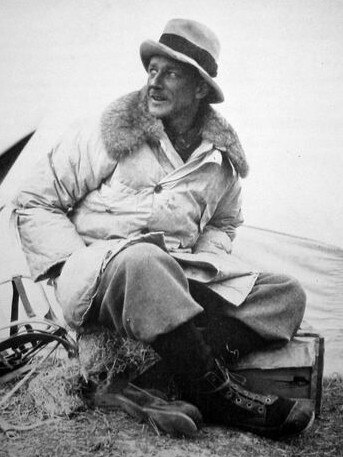

Meanwhile the puffer jacket has proven the ultimate chameleon – luxury houses such as Gucci have collaborated with technical mountain gear brands like The North Face, and high-end puffer jacket purveyors Moncler has partnered with the likes of Valentino’s Pierpaolo Piccioli as part of its ongoing “Genius project” which sees creative types reimagine the puffed up silhouette. (AB)
Christopher Esber | The invention: modern cut-out dresses
When the pop singer and influencer Addison Rae – then the biggest TikTok star on the planet – stepped on to the MTV Awards red carpet in 2021 wearing what appeared to be a strip of fabric as a top paired with a silver chain and a maxi skirt, Australian fashion let out a collective gasp. It marked the latest step in the global ascendancy of designer Christopher Esber, whose daring designs were already worn by celebrities such as Zendaya and Emily Ratajkowski. It also signalled a shift in how a generation of young women perceived high fashion. The Sydney designer’s most famous silhouettes combined diaphanous fabric with his signature form-fitting dresses, while the look worn by Rae marked the pinnacle of Esber’s bold embrace of “cutaway” design. And rather than leaving the revealing gowns solely to conventional supermodels, women with all kinds of body shapes felt empowered to don a cutaway dress. Esber, who founded his label in 2010, subsequently showed he had more than one trick up his proverbial sleeve. See the column-like grey top and drop-waist skirt worn by Margot Robbie when she was in Sydney this year – a moment of understated elegance before Barbie mania set in. “Although the celebrity moments are exciting … I am a bit more moved when I see someone down the street wearing the clothes,” Esber says. – Jonah Waterhouse


An AESOP fable
In a global beauty industry worth $580 billion, Aesop – the cult skincare brand that was born in Melbourne but grew to have stores in New York, Paris, Tokyo, Shanghai and a flagship on London’s Regent Street – has moved slowly and steadily since 1987 to seize a slice of it. This year L’Oreal bought the brand for $2.5 billion. What, you may ask, could possibly be worth that much money? The genius of Aesop is threefold: it is singular in distribution, presentation and product. The brainchild of one-time hairdresser Dennis Paphitis, Aesop offered products with more natural origins that still felt luxurious. As the story goes, they were initially created to cover up the smell of ammonia in hair dye using herbs such as sage and rosemary.

Today, an Aesop hand wash (500ml) sells for $50. Its stores smell and feel like a sanctuary. And its branding is as appealing to men as it is to women. “I remember when Aesop came to London – it was one of the first Australian brands to focus on natural beauty, and it felt really different and almost revolutionary,” Millie Kendall, CEO of the British Beauty Council, told the UK’s Daily Telegraph in April. Aesop is the largest ever acquisition for L’Oreal, and locally-based chief executive Michael O’Keeffe told media earlier this year that there would be a bigger push into the US. On the shelves, the future lies in further developing its fragrance range. – Jessica Clement

To join the conversation, please log in. Don't have an account? Register
Join the conversation, you are commenting as Logout